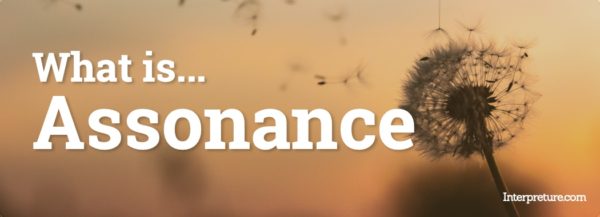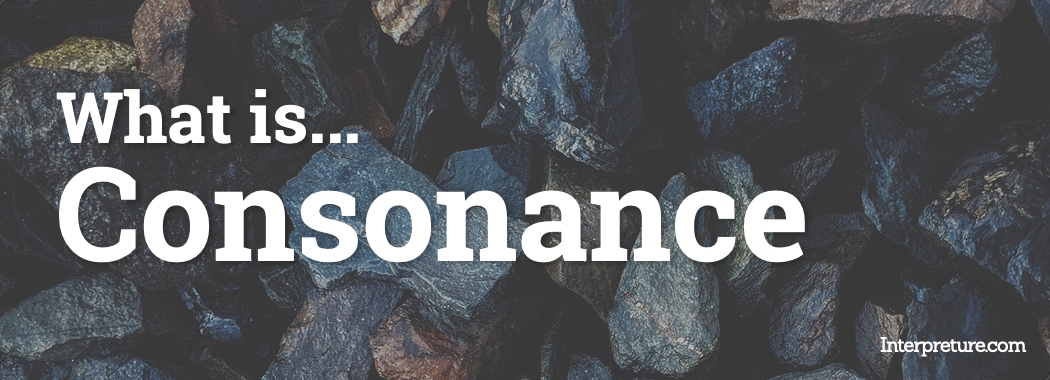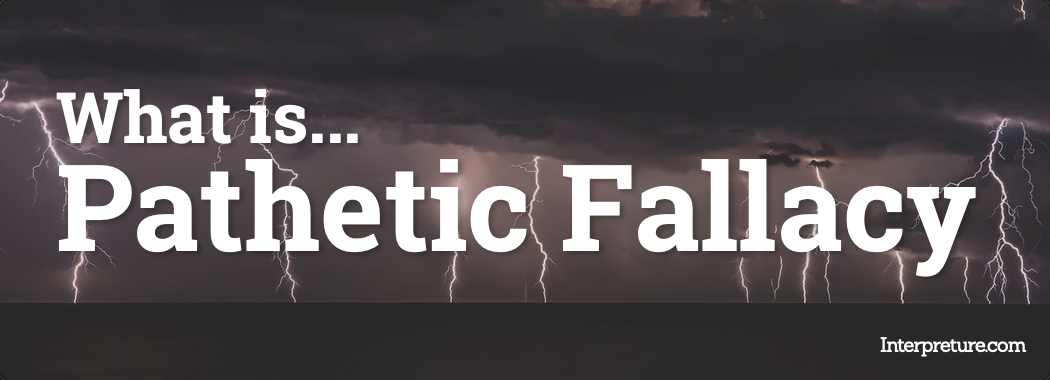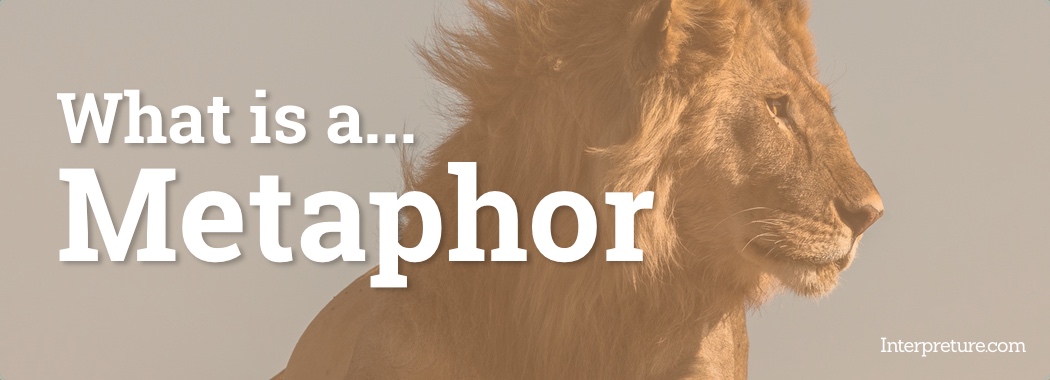Assonance is a literary device in which there is repetition of similar vowel sounds. It is a specific type of alliteration. Frequently used sounds include ‘e’ or ‘a’.
Assonance also differs from consonance, which is the repetition of a consonant sound in a word, sentence or phrase. Other related techniques include dissonance and sibilance.
Why is Assonance used?
- Structure and rhythm: This technique is often used to create a rhythm or cadence due to the way in which consecutive similar sounds can influence the pace and feel of a poem.
- Shape emotions: Repetition of vowel sounds such as ‘o’ or ‘u’ can create a negative mood, and therefore help shape meaning and emotions. Alternatively, the use of assonance can be used in conjunction with other techniques so as to emphasise other emotions or effects.
- Reiterate a point: Assonance helps to draw attention to text, particularly extended uses of the device, which helps to emphasise the ideas being communicated.
Examples
In the poem ‘Eat Me’ (Poems of the Decade), Patience Agbabi uses subtle assonance to develop a consistent structure.
“When I hit thirty, he brought me a cake,
three layers of icing, home-made,
a candle for each stone in weight.”
Through linking the final words on the first and third lines of each stanza – such as “cake” and “weight”, Agbabi provides an alternative form of assonance in each line, which breaks from the traditional idea of using rhyme. Some readers could also interpret this as playing with sounds that could be reminiscent of eating or suffocation.
A more distinctive use of assonance is shown in ‘The Fox in the National Museum of Wales’ (Poems of the Decade), with poet Robert Minhinnick using the technique to create an emotive atmosphere.
“The fox is in Photography and the Folk Studies Department.
The fox is in the flux of the foyer,
the fox is in the flock,
the fox is in the flock.”
Repetition of the words “the fox” plus additional words such as “folk” “flux” and “flock” result in extensive use of “o” and “u” sounds. Readers are likely to recognise a ‘chant-like’ rhythm created as a result of these repeated sounds, making this section of the poem highly emotive and memorable.




